
Join the Sunshine Coast Marathon
Join the Sunshine Coast Marathon with PEAK Sports and Spine Centre: Run with a Winning Team and Enjoy Exclusive Perks!Are you ready to challenge...
Read moreThe neck consists of seven cervical vertebrae and numerous muscles, ligaments, and tendons that provide support and allow a wide range of motion. When an individual experiences acute wry neck, it’s often due to a problem in one of the cervical muscles or joints. The primary muscles involved are:
This muscle plays a critical role in head movement. When it contracts on one side, it causes the head to tilt toward that side while rotating the face away.
Located in the upper back and neck, this muscle aids in stabilizing the head and neck. Tightness or spasm in the trapezius can contribute to discomfort and limited mobility.
This muscle helps elevate the scapula and assists in neck movement. Tension in the levator scapulae can exacerbate neck stiffness and pain.
In acute wry neck, it is often the sternocleidomastoid or other nearby muscles that experience spasm or tightness. The result is a lateral tilt of the head (toward the affected side) and rotation of the chin (away from the affected side). This altered posture can lead to significant discomfort and even difficulty in performing daily activities, such as driving or reading.
The exact cause of acute wry neck can vary, but it is commonly associated with:
A sudden movement or poor posture can trigger muscle spasms in the neck.
Sometimes, a misalignment or mechanical dysfunction of the cervical spine joints can irritate the surrounding muscles, causing a wry neck.
A trauma, such as whiplash or an awkward sleeping position, can contribute to the development of acute wry neck.
In rare cases, infections like meningitis or inflammatory conditions like rheumatoid arthritis can result in a wry neck.
The management of acute wry neck focuses on relieving pain, restoring normal range of motion, and preventing recurrence. Physiotherapists play a crucial role in guiding patients through these recovery steps, often using a combination of manual therapy, exercises, and education.
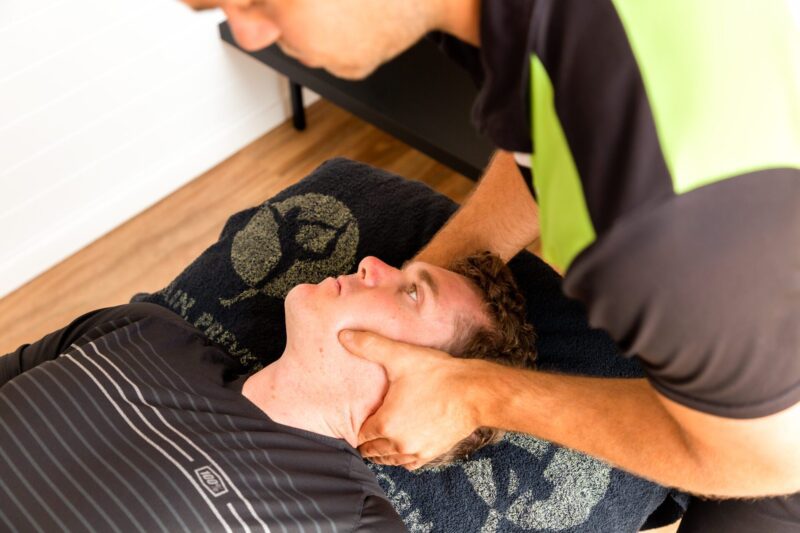
In the acute phase, physiotherapists prioritize reducing pain and muscle spasm. Methods such as:
Manual therapy is commonly used by physiotherapists to mobilize the cervical spine and relieve pain. Techniques such as joint mobilizations and soft tissue manipulation target tight or restricted joints, improving mobility and reducing discomfort.
Once pain and inflammation are under control, physiotherapists guide patients through a tailored exercise program. This may include:
Postural training: Educating the patient on proper posture during activities of daily living, such as sitting, driving, or using a computer, can help prevent future episodes.
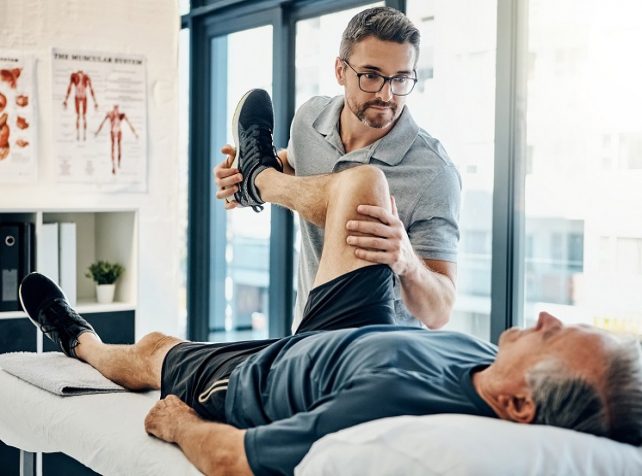
Patients are often educated on proper ergonomic practices to prevent recurrence. This may involve adjustments to workstation setups and techniques for lifting and carrying objects.
Acute wry neck is a painful and debilitating condition, but with the appropriate physiotherapy management, most individuals can recover fully. By addressing muscle spasms, improving joint mobility, and strengthening the cervical muscles, physiotherapists help patients regain their neck function and prevent future episodes. Early intervention, combined with lifestyle and ergonomic modifications, is key to a successful recovery and long-term neck health. If you have been experiencing neck pain, book in with one of our PEAK coaches here.

Join the Sunshine Coast Marathon with PEAK Sports and Spine Centre: Run with a Winning Team and Enjoy Exclusive Perks!Are you ready to challenge...
Read more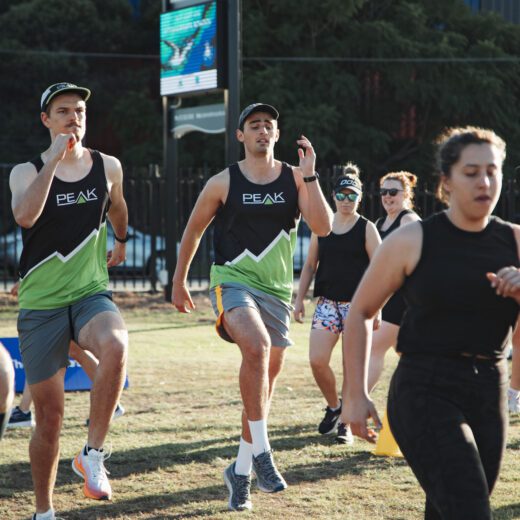
At PEAK, we believe in supporting our athletes to achieve experiences not felt possible. We know that every step, every challenge, and every finish...
Read more
Why You Should Join Us! At PEAK, we believe in supporting our athletes to achieve experiences not felt possible. We know that every step, every...
Read more
When most people talk about going the distance, they’re thinking a marathon. Tim Franklin? He took it several steps further — 26,000 kilometres further,...
Read more
Why Everyone Should Include It in Their Fitness Routine Strength training is often overlooked, especially by those who prefer cardio exercises or those who associate...
Read more
Diabetes is a chronic condition that can have widespread effects on the body, and one of the most overlooked areas it impacts is the...
Read more
Pain is often perceived as a warning sign that something is wrong in the body. While this can be true in cases of an...
Read more
Choosing His Pain Lleyton, one of our dedicated physiotherapists, recently crossed the finish line of the Tokyo Marathon in 5 hours and 20 minutes—a remarkable...
Read more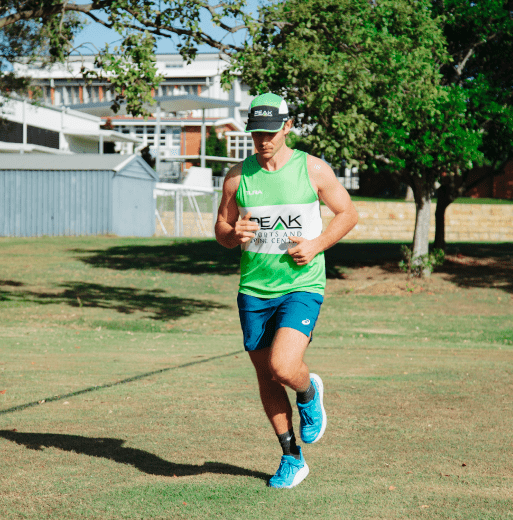
Finding the perfect running shoe can often feel like a challenge—there’s an overwhelming number of options to choose from, and it’s hard to know...
Read more
Insights into PEAK Coach Callum’s Journey! The road to the marathon is no easy feat, but for many, it’s a bucket list item worth the...
Read moreNot exactly what you're looking for?
View all articles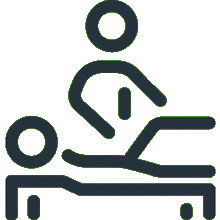
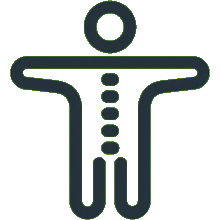
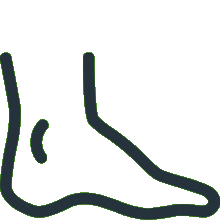
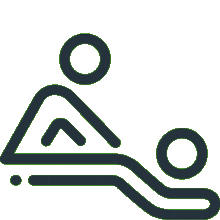
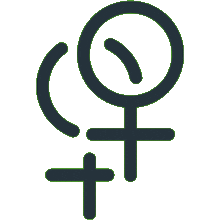
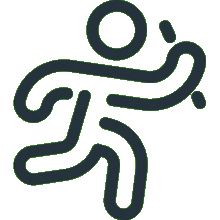
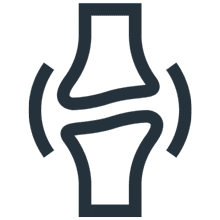
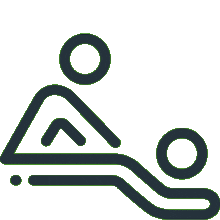
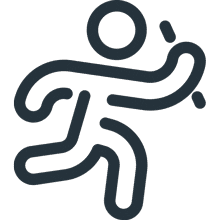
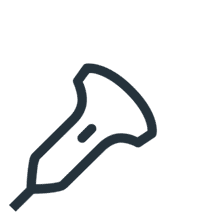
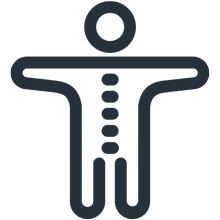
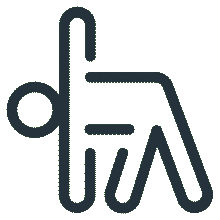

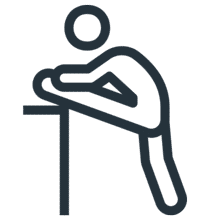




Can't find what you're after?
View all ServicesOr email the PEAK team at info@peakssc.com.au
To make a booking outside of business hours, please use our form by clicking here.
To make a booking outside of business hours, please use our form by clicking here.